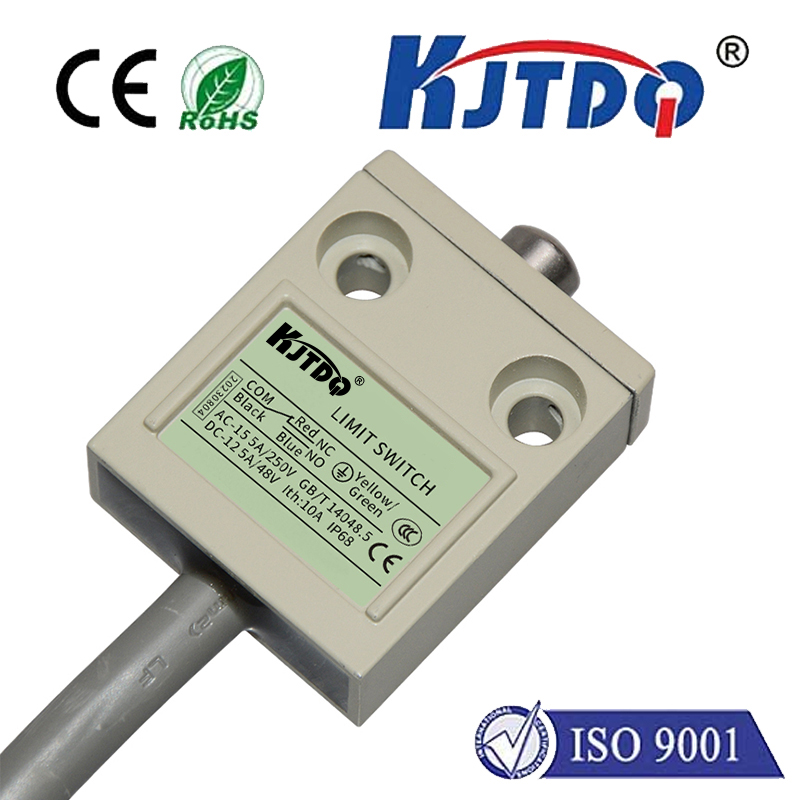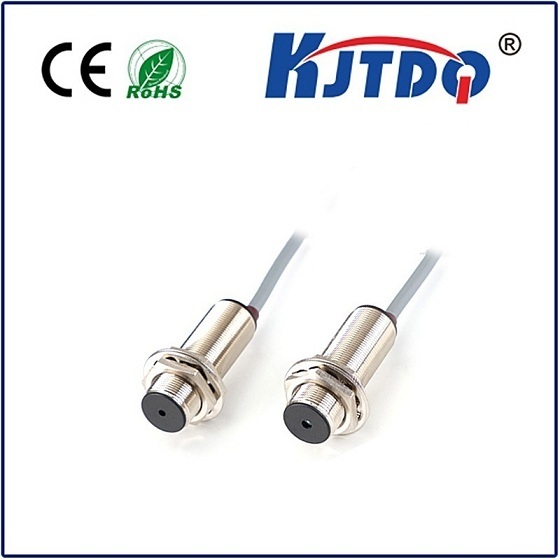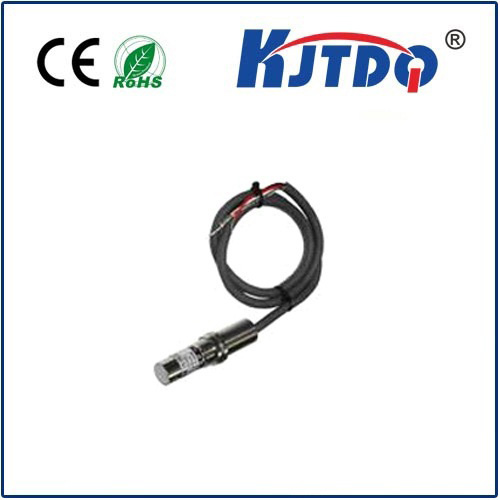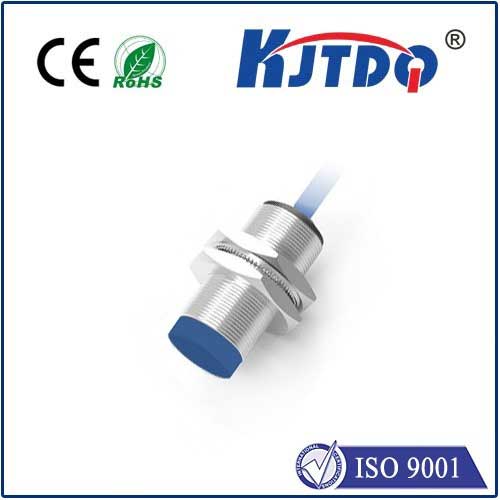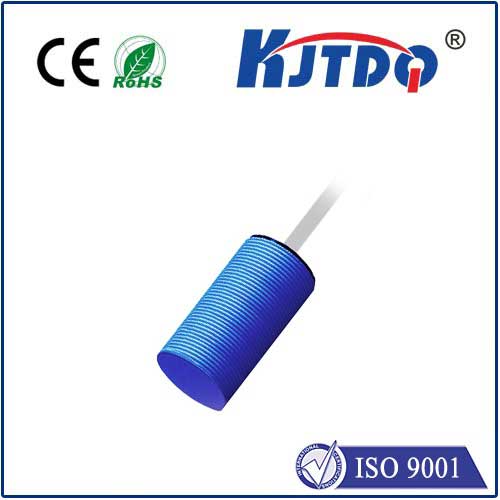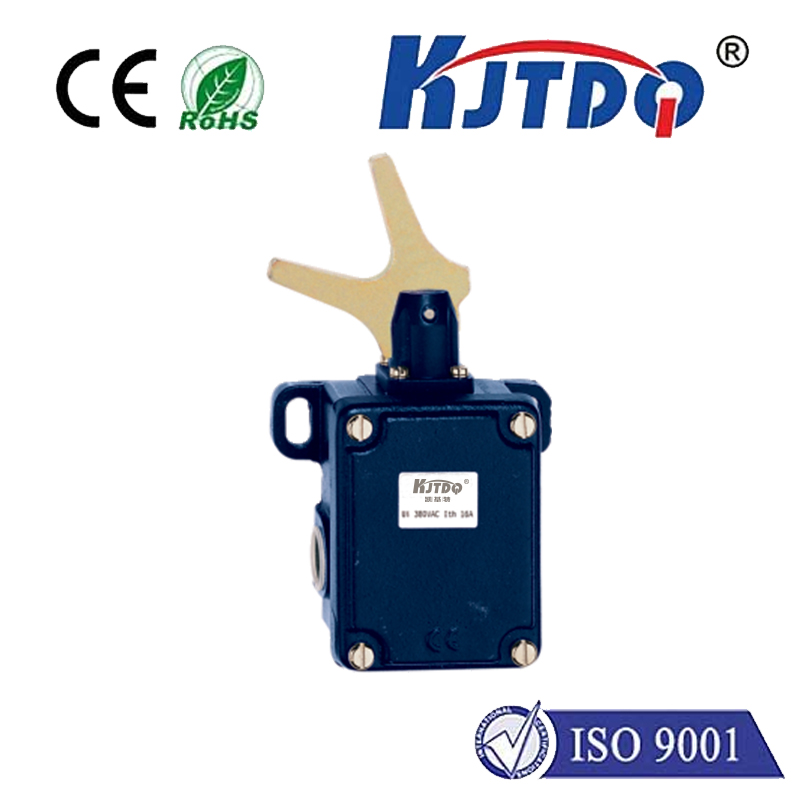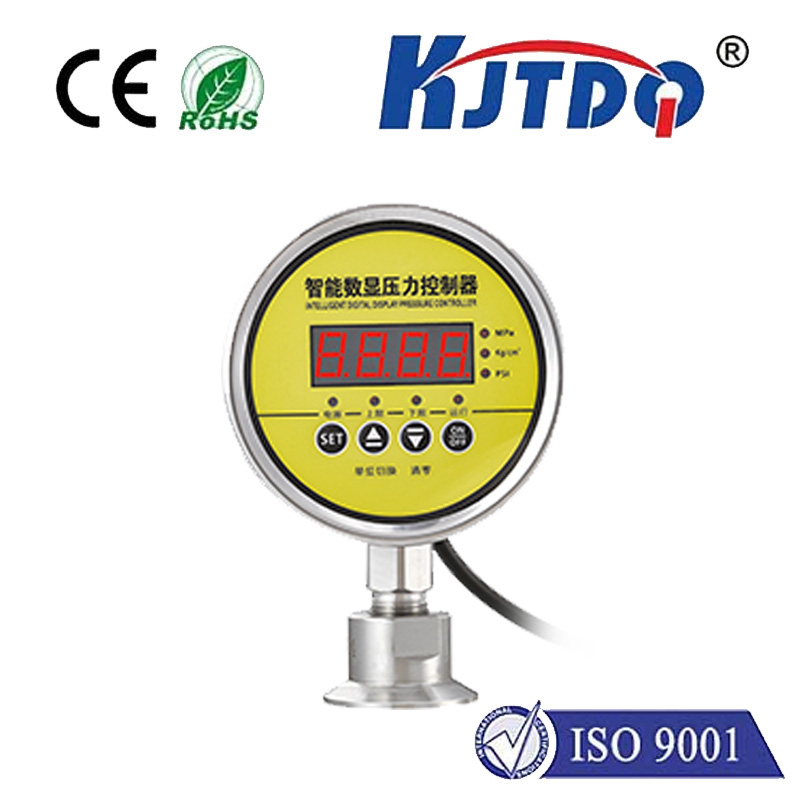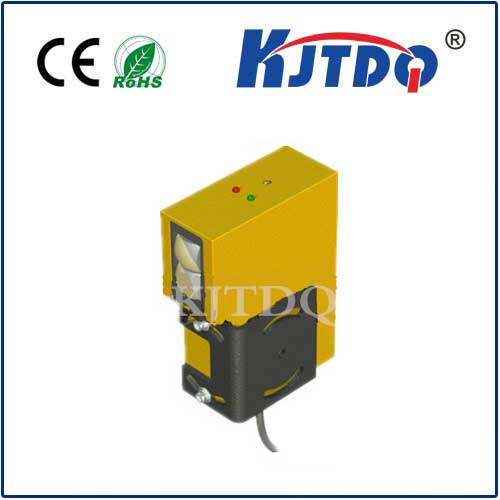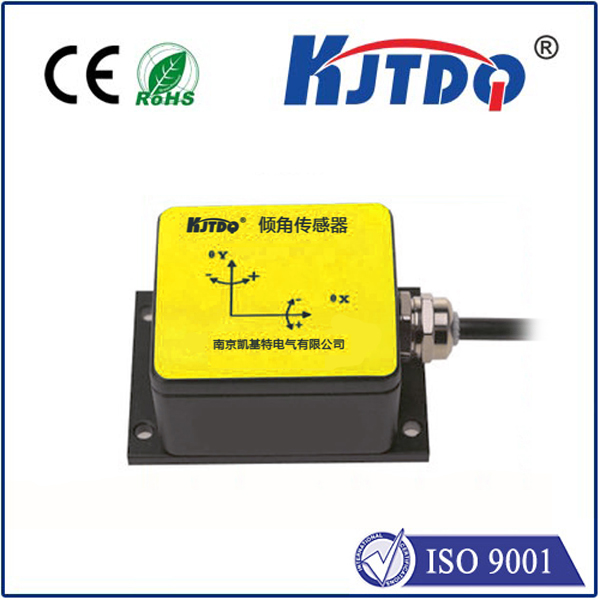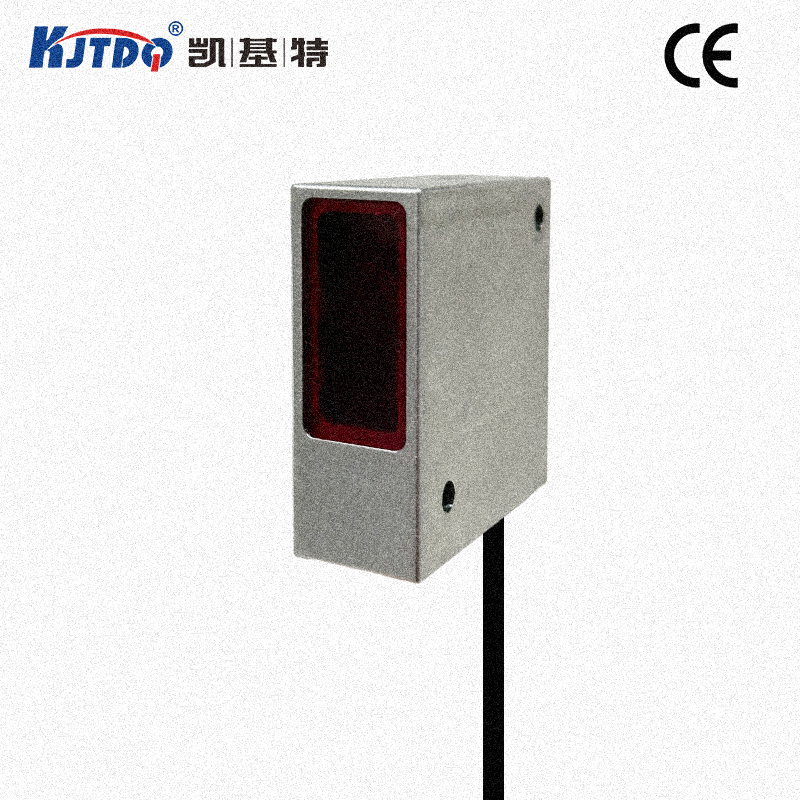opt sensor
- time:2025-08-14 16:34:21
- Нажмите:0
The Silent Sentinels: Demystifying the Power of the Opt Sensor
Think about the device in your hand right now. Its screen adjusts brightness based on ambient light. Unlock it with a glance. Perhaps it tracks your heart rate or counts your steps. What invisible force enables this seamless interaction? More often than not, it’s an opt sensor, a sophisticated optical sensor working tirelessly behind the scenes. These remarkable devices, fundamentally converting light into meaningful data, are the unsung heroes powering innovation across countless fields, from the everyday gadgets we love to cutting-edge industrial automation and scientific discovery. Understanding “opt sensor” technology is key to grasping how modern systems perceive and intelligently interact with the world around them.
At its core, an optical sensor is a device that detects and measures a specific physical quantity by analyzing properties of light. This could involve detecting the presence, absence, intensity, color, position, or even the spectral characteristics of light interacting with its environment. The fundamental principle relies on a photodetector, a semiconductor component (like a photodiode, phototransistor, or CCD/CMOS array) that generates an electrical signal – current or voltage – when struck by photons (light particles). This raw electrical signal is then processed by electronic circuits to provide usable digital or analog information.
How Does an Opt Sensor Work Its Magic?
The precise operation varies dramatically based on the sensor’s Тип and Применение, but the general flow remains consistent:

- Light Source (Often, but not always): Many optical sensors incorporate their own controlled light source (LEDs, lasers, infrared emitters). This emitted light interacts with the target object or environment. Ambient light can also be the source in some applications (e.g., ambient light sensors).
- Light Interaction: The emitted or ambient light strikes the target. The interaction alters the light in detectable ways. For instance:
- Reflection: Light bounces off an object (e.g., proximity sensors, object detection).
- Transmission: Light passes through a material (e.g., turbidity sensors, liquid level detection in clear containers).
- Absorption: Specific wavelengths are absorbed by the material (e.g., color sensors, gas detection).
- Interruption: An object physically blocks a light beam (e.g., optical encoders, safety curtains).
- Scattering: Light is deflected in various directions (e.g., particle counters, certain biosensors).
- Detection: The modified light (or its absence) reaches the sensor’s photodetector.
- Signal Conversion: The photodetector converts the received light intensity or specific wavelengths into an electrical signal proportional to the light’s properties.
- Signal Processing: Sophisticated onboard electronics amplify, filter, and convert this raw analog signal into a clean, digital format usable by microcontrollers, computers, or control systems.
The Compelling Advantages of Opt Sensor Technology
Why are optical sensors so prevalent? Their unique benefits make them indispensable:
- Non-Contact Measurement: This is arguably their greatest strength. They can measure parameters without physically touching the object, eliminating wear and tear and enabling measurements on fragile, moving, hot, or hazardous surfaces.
- High Sensitivity and Speed: Capable of detecting minute changes in light intensity or wavelength incredibly quickly, making them ideal for high-speed processes and precision applications.
- Resolution and Detail: Imaging optical sensors (cameras, line scanners) provide vast amounts of spatial detail, enabling complex inspection and pattern recognition tasks impossible with other sensing methods.
- Многогранность: They measure an astonishingly wide range of parameters: position, displacement, speed, rotation, color, presence/absence, surface quality, chemical composition (via spectroscopy), temperature (infrared), pressure (fiber optic), and much more.
- Immunity to Electromagnetic Interference (EMI): Unlike many other sensor types, most optical sensors are largely unaffected by strong electromagnetic fields, making them robust in industrial environments.
- Compact Size and Reliability: Modern opt sensors leverage advancements in micro-optics and semiconductors, resulting in compact, robust, and highly reliable packages.
Ubiquitous Applications: Where Opt Sensors Shine
The versatility of optical sensors translates into a staggering range of applications:
- Consumer Electronics: Smartphone ambient light sensors, proximity sensors during calls, optical fingerprint scanners, camera autofocus, gesture recognition, heart rate monitors, RGB color sensors for display calibration. Optical sensing enhances user experience in countless ways.
- Промышленная автоматизация: Precise object detection on assembly lines, part positioning and verification, quality control (inspecting surface defects, color consistency, dimensions), barcode/RFID reading, level sensing in tanks, optical encoders for motor control and robotics. They are foundational to modern manufacturing efficiency.
- Automotive: Rain sensors activating wipers, ambient light sensors for automatic headlights, LiDAR (Light Detection and Ranging) for ADAS (Advanced Driver Assistance Systems) and autonomous driving, optical encoders in throttle positions and motors, in-cabin occupancy monitoring. Driving safety and autonomy heavily rely on opt sensor data.
- Medical & Life Sciences: Pulse oximeters measuring blood oxygen, blood glucose monitors (many leveraging near-infrared), flow cytometers analyzing cells, DNA sequencers, endoscopic imaging, lab-on-a-chip diagnostics. Non-invasive diagnostics often hinge on precise optical sensing.
- Environmental Monitoring: Air quality sensors detecting particulate matter (PM2.5/PM10), water quality sensors measuring turbidity or chemical oxygen demand (COD), greenhouse gas detection using spectroscopic principles.
- Security & Safety: Motion detectors (PIR often incorporates optics), interruption-based security beams, biometric access control (iris, facial recognition), flame detection sensors. Opt sensing provides critical layers of security.
The Future Focus: Smarter, Smaller, More Integrated
The evolution of optical sensor technology shows no signs of slowing. Key trends include:
- Miniaturization & Integration: Creating ever-smaller sensors and integrating multiple sensing functions (e.g., proximity + ambient light + gesture) onto single chips.
- Enhanced Spectral Capabilities: Sensors capable of finer wavelength discrimination (hyperspectral imaging) for even more detailed material analysis.
- AI & Machine Learning Integration: Embedding intelligence directly into sensing systems for on-device pattern recognition, anomaly detection, and predictive maintenance. Smarter algorithms unlock more value from opt sensor data.
- Biomedical Breakthroughs: Non-invasive, wearable optical sensors for continuous health monitoring of vital signs and biomarkers.
- Advanced LiDAR & 3D Sensing: More compact, affordable, and higher-resolution LiDAR systems crucial for robotics, autonomy, and augmented reality.
Optical sensors, the versatile masters of translating light into actionable intelligence, permeate nearly every facet of our technologically driven world. From the intuitive responsiveness of your smartphone to the precision of robotic assembly lines and the life-saving potential of medical diagnostics, these silent sentinels provide the critical data streams that enable smarter decisions and groundbreaking innovation. As technology marches forward, the capabilities and applications of the humble opt sensor will only continue to expand, deeply embedding themselves as fundamental enablers of our future.

